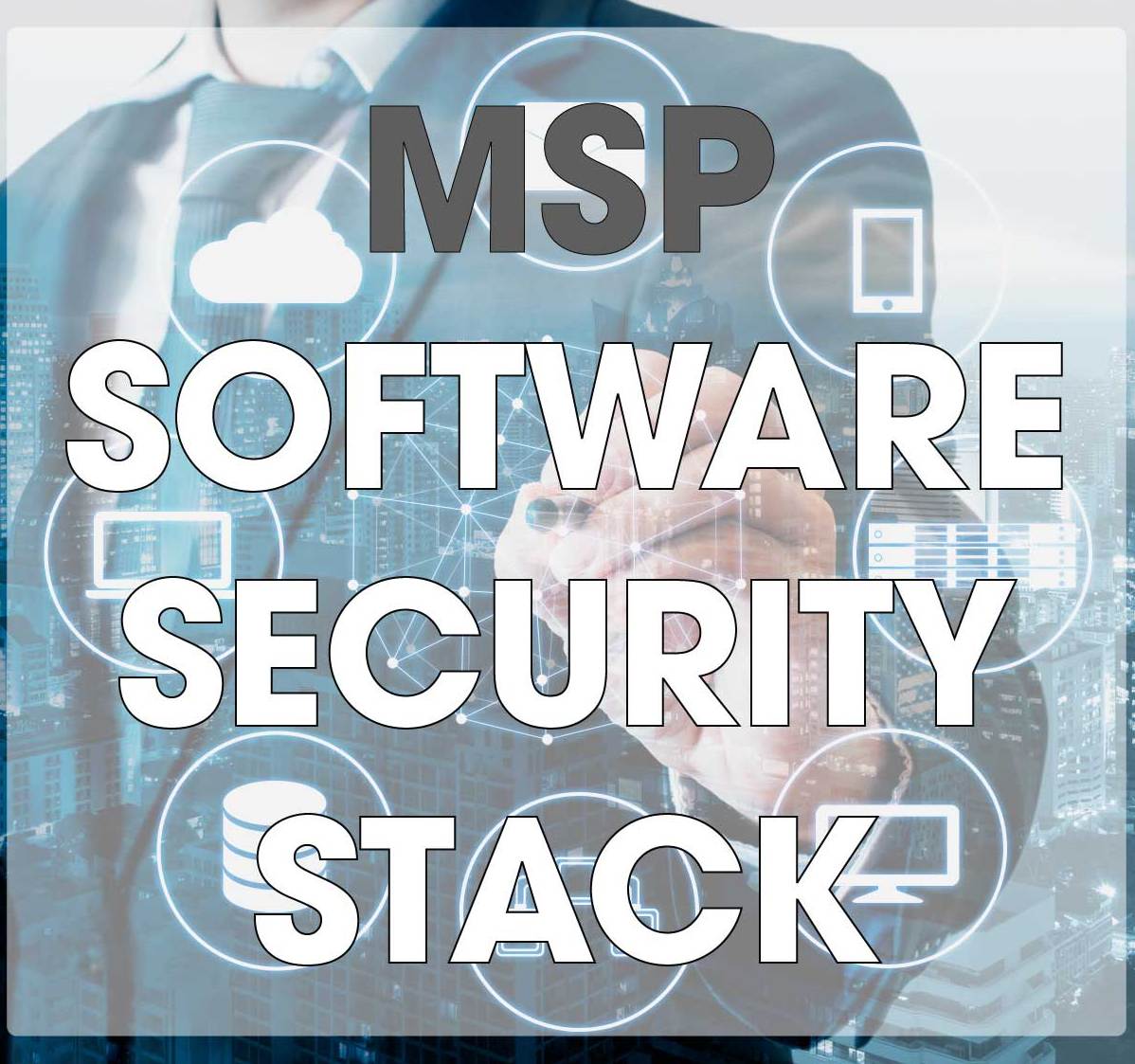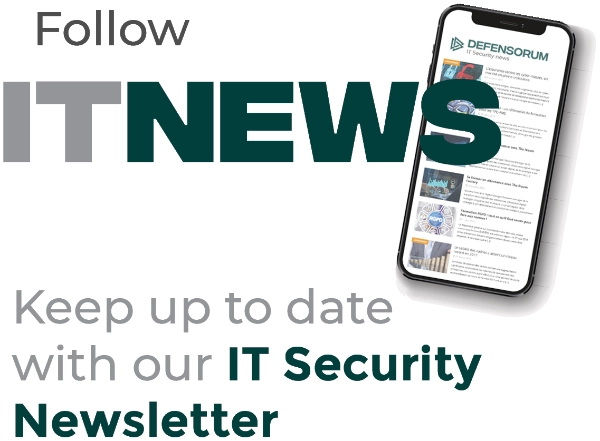
Managed service providers (MSPs) looking to start providing managed security services to their clients naturally want to quickly develop the best MSP software security stack possible – One that will allow them to protect their clients from increasingly diverse and sophisticated cyber threats. There is certainly no shortage of vendors or solutions, and the choice available is part of the problem. Each new service that is added to the MSP software stack needs to be integrated into MSPs systems, and MSP employees must learn how to use the products efficiently. Just adding one or two new services to the MSP software stack will require a commitment of time, money, and resources, but that should not deter you. MSPs that provide managed security services are reaping the rewards.
Essential Solutions That Will Allow You to Operate Efficiently
Before providing any managed security services to your clients you need to ensure that you have the correct infrastructure in place. You will need to have professional services automation tools to help you manage your services and to handle key business functions such as contracts, billing, and reporting. You will also need to ensure you have easy access to customers’ systems and endpoints, and in terms of the latter, those endpoints may be geographically spread if your clients operate using a hybrid working model. That means you will need to have an effective remote monitoring and management system (RMM) in place.
Bear in mind that an RMM system that allows you to access every client endpoint means a threat actor will also be able to do the same if they breach your systems. You must ensure that you have bulletproof security and are adequately protected, before extending that protection to your clients. An attack on an MSP that sees all its clients compromised can cause massive reputational and financial damage.
Developing the Best MSP Software Security Stack
Unfortunately, while a one-size-fits-all approach to security is attractive, offering the same managed security services to all clients is unlikely to be effective. The best MSP software security stack for one client is likely to result in unaddressed security gaps at another. It is possible to develop a basic MSP security stack that provides layered security to help your clients achieve a baseline level of protection from threats, but more advanced protection will likely need to be provided to clients on a more ad-hoc basis.
One approach to take is to develop an MSP software security stack that includes all of the most important elements of security – products that are essential for all businesses. This will allow you to provide a reasonably comprehensive security package, and you can then provide tailored solutions to clients based on their specific environments and risk profiles. The basic security package should include most or all of these aspects of security:
- Network security
- DNS filtering/web security
- Email security and phishing protection
- Malware and ransomware protection
- Vulnerability scanning and management
- Data loss prevention
- Backups and disaster recovery
- Security awareness training
- Device management and mobile security
One of the best approaches to take when determining which solutions and services to offer to clients is to follow security the NIST Cybersecurity Framework and the MITRE ATT&CK framework. Ensure your solutions and services cover the five functions of the NIST Framework (identify, protect, detect, respond, & recover) and protect against the tactics and techniques outlined in the MITRE ATT&CK knowledge base.
Selecting Solutions to Add to the MSP Software Stack
With so many cybersecurity vendors and products to choose from, developing the best MSP software security stack will be a challenge and will certainly be a time-consuming process. Conducting research will pay dividends down the line. There are many highly accomplished security solutions, but some have a high maintenance overhead and are difficult for MSPs to use efficiently.
Protection is important as is the cost of the solutions, but do not underestimate the importance of usability. Having solutions that work seamlessly with each other and integrate into your back-office systems will help you work efficiently. Margins can be thinned considerably if you have to commit considerable time and energy to manage complex solutions.
Remember that you are not alone. Other MSPs will have gone through the same process and you can learn from their mistakes and ensure you don’t repeat them. Consult MSP publications, visit MSP forums, and check Reddit and independent software review sites as part of the research process. Find out what solutions other MSPs are using and developing the ideal MSP software security stack will be much easier.
Photo Credit: canjoena / stock.adobe







